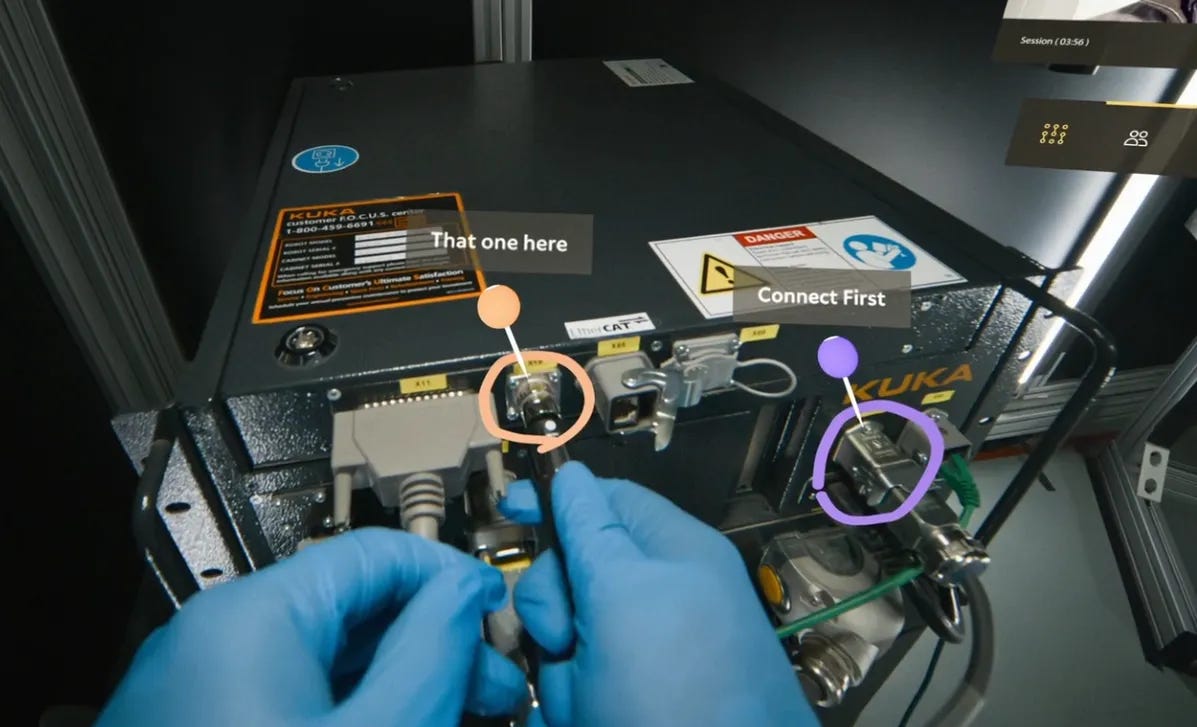
Table of Contents:
Spatial computing infrastructure encompasses the hardware, software, and network systems that enable interaction and navigation within three-dimensional spaces. Here are the major components:
Summary: Magic Leap specializes in Mixed Reality (MR) technology through its Magic Leap 2 headset, which merges the physical and digital worlds, enhancing user interaction with both. This MR headset incorporates advanced spatial computing, precise eye-tracking, and high-resolution sensors to support a range of applications in sectors like healthcare, manufacturing, and architecture. Its immersive capabilities enable professionals to interact with data and digital objects in real-time, improving workflow efficiency and engagement.
Head Office: Plantation, FL
Funding: founded in 2010, raised $3.98B

Summary: Light Field Lab is revolutionizing visual experiences with its SolidLight technology, which creates high-resolution, holographic displays that bring digital content into the real world as three-dimensional objects. Their system includes modular video wall panels, advanced computational hardware, and WaveTracer™ software for real-time rendering, targeting use cases in advertising, entertainment, and virtual collaboration. This technology allows for transformative, lifelike digital interactions without the need for traditional screens or VR headsets.
Head Office: San Jose, CA